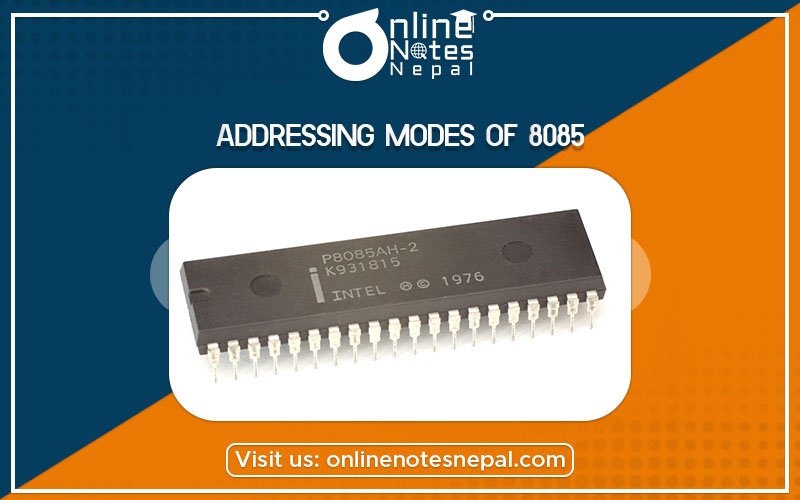Published by: Nuru
Published date: 18 Jun 2021

The way of specifying data to be operated by an instruction is known as addressing modes. This specifies that the given data is immediate data or an address. In this type of addressing mode the source operand is an 8 bit or 16-bit data. The destination operand can never be immediate data. These can be guided by addressing modes. Addressing modes in 8085 can be classified into 5 groups −
Immediate addressing mode
In this mode, the operand is specified in the instruction itself. An immediate mode instruction has an operand field rather than the address field.
Register addressing mode
In this mode, the operand is stored in the register and this register is present in the CPU. The instruction has the address of the Register where the operand is stored.
Direct Addressing Mode
In this mode, an effective address of the operand is present in the instruction itself.
Indirect Addressing Mode
In this, the address field of instruction gives the address where the effective address is stored in memory. This slows down the execution, as this includes multiple memory lookups to find the operand.
Implied addressing mode
Implied addressing is an addressing mode that does not require the specification of any additional information. Instructions that are used with implied addressing can not be followed by any information like an address or a constant. This omission of any addressing information at all is also called implied addressing.